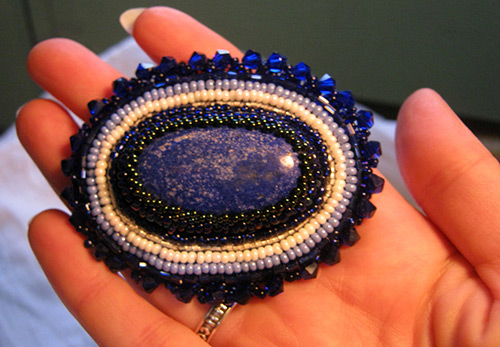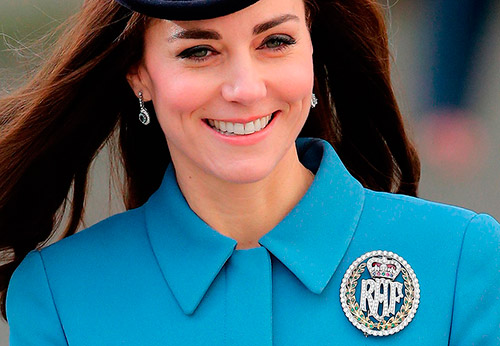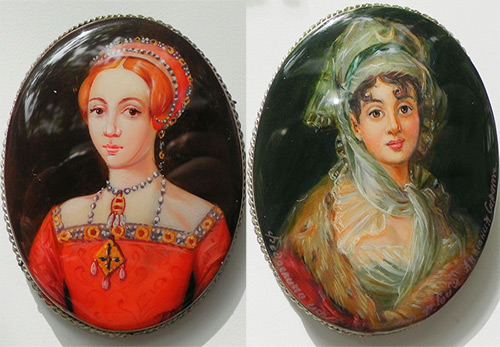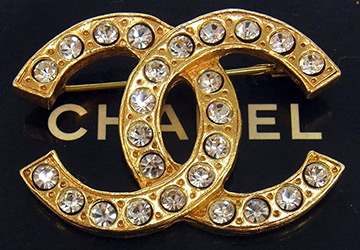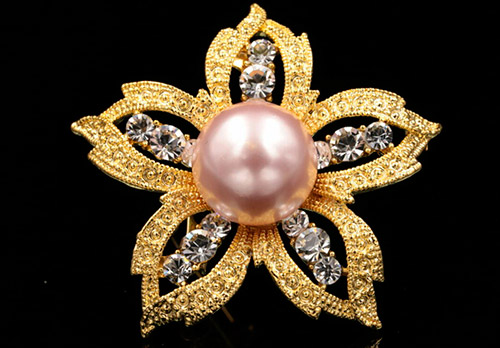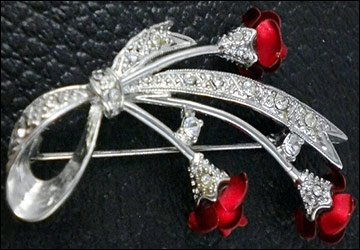Fashion Jewelry
Brooch-clasp fibula - history and photos
From ancient times to the early Middle Ages, the fibula was almost the only type of fastener. The simplest one consisted of a needle and a staple. In the fibulas that have survived to our time, one can see the traditional shape of that time - a circle or a rectangle.
The fibula was decorated with engraving, enamel and precious stones. They were used by both women and men. She fastened clothes, more often they were raincoats, or, more simply, capes in the form of bedspreads.
In modern times, the brooch first turned into a brooch, which was used as a clasp that fastened scarves, collars, cloaks, and then the brooch gradually disappeared, and the brooch began to serve as an ornament.
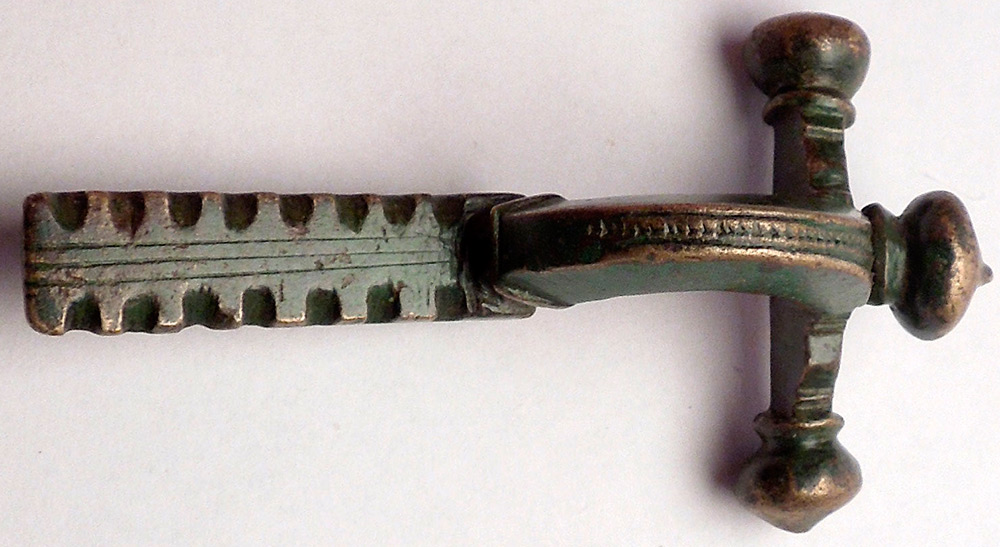
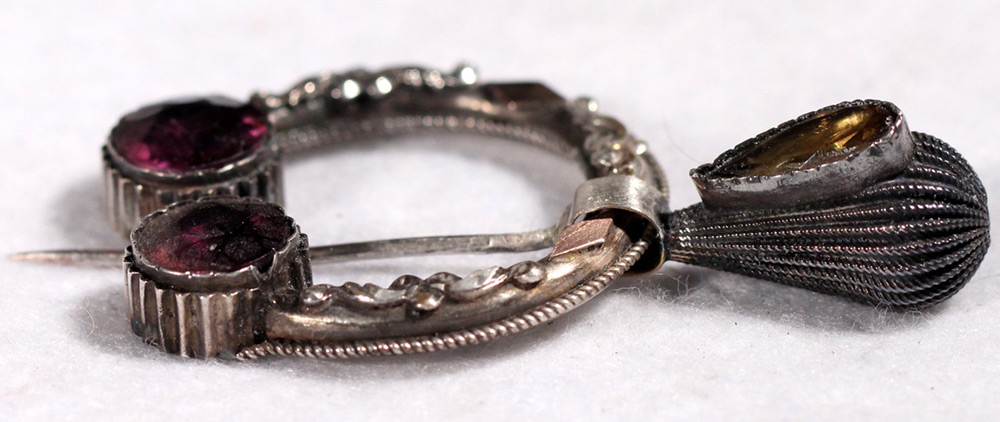
The simplest brooch consists of two parts: a needle and a body. The body was made in the form of a rim, which was often open (a horseshoe brooch). It was these brooches that were most popular. Depending on the status of the owner, the rim and the needle holder were decorated, precious metals, engraving and even precious stones were used.
Thanks to archaeological excavations, various types of ancient fasteners can be seen among the museum exhibits. All of them have names depending on their belonging to certain peoples: Greek and Roman brooches, Hungarian and Scandinavian, Byzantine, etc.
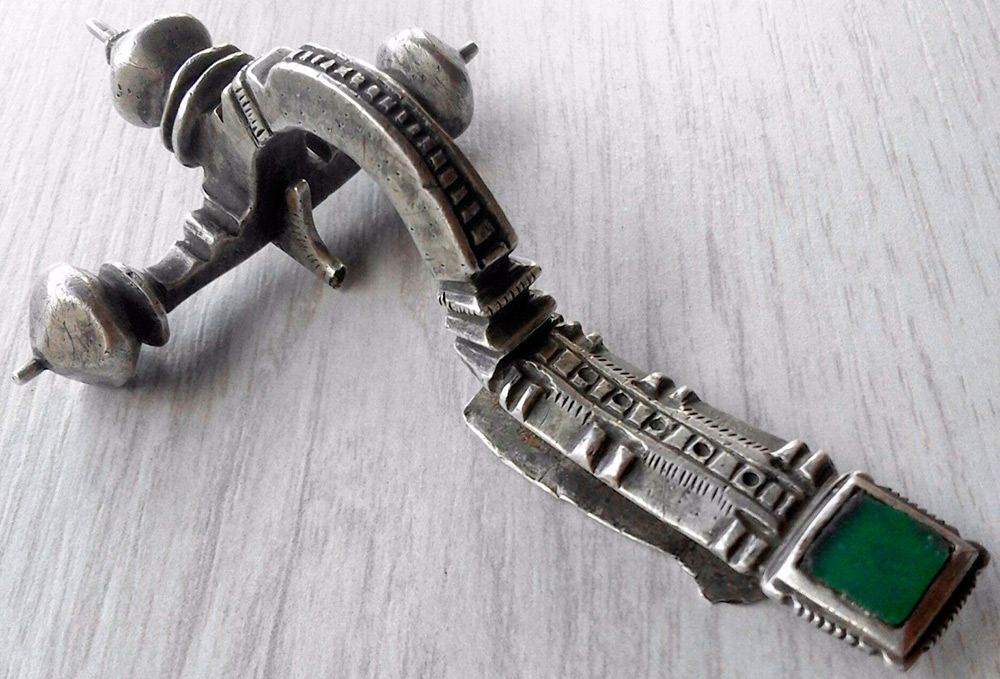
Brooches were not only clasps and decoration, they were used as amulets from evil spirits and corruption. When the safety pin appeared, the protection function passed to it.
Where can you find and buy a fibula? Most often, this ancient item is sold in thematic departments selling antiques, or you can order a master for the manufacture of various symbolic items. You can make a fibula with your own hands, but the easiest way to find it is on ebay, they offer modern and ancient brooch clasps.
In our XXI century, many fasteners are known, but the brooch was the first.
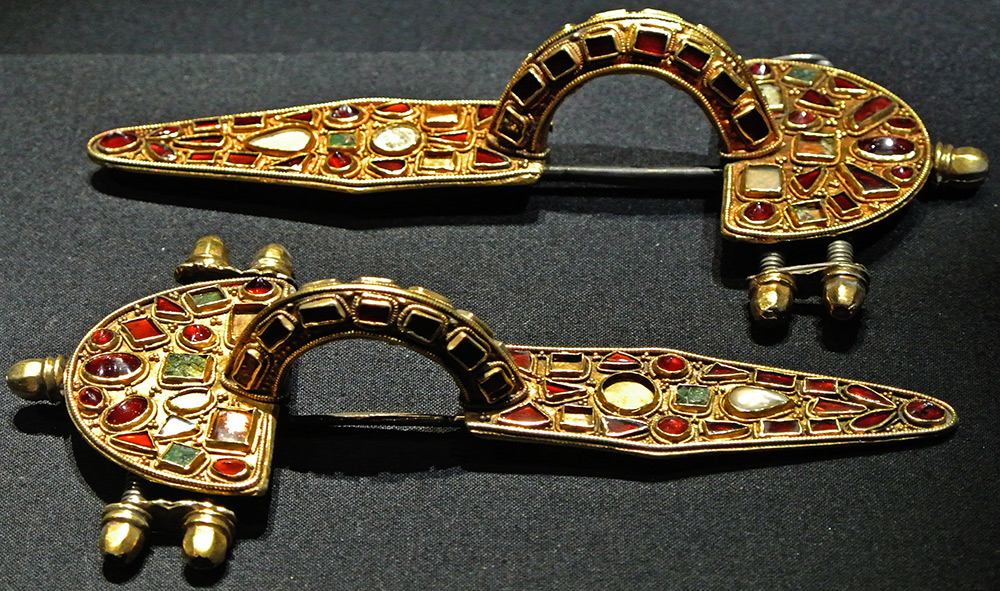
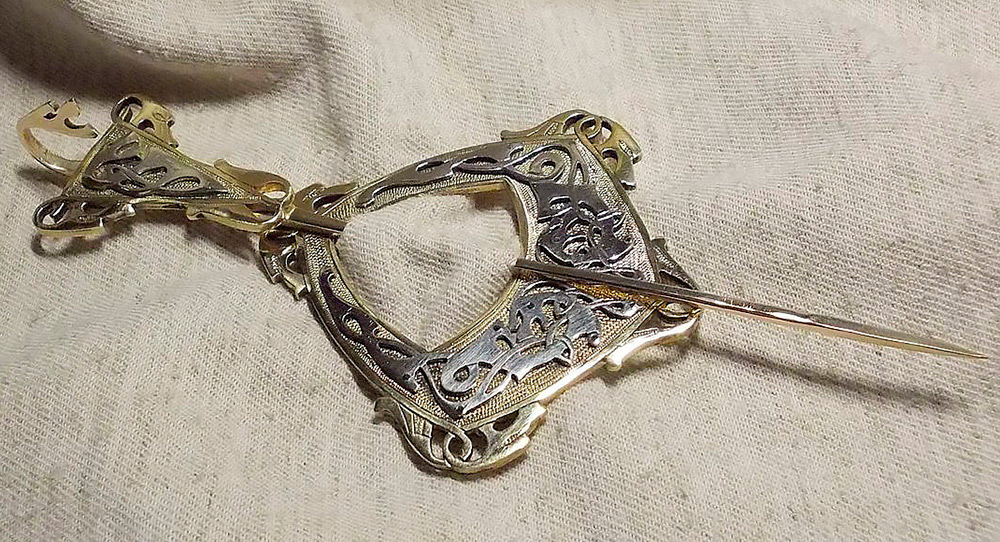
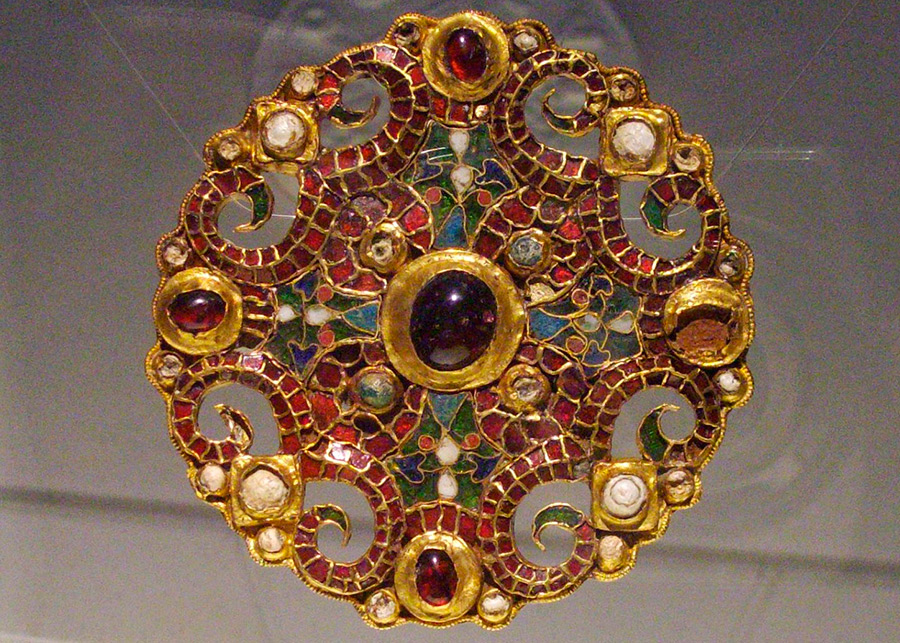
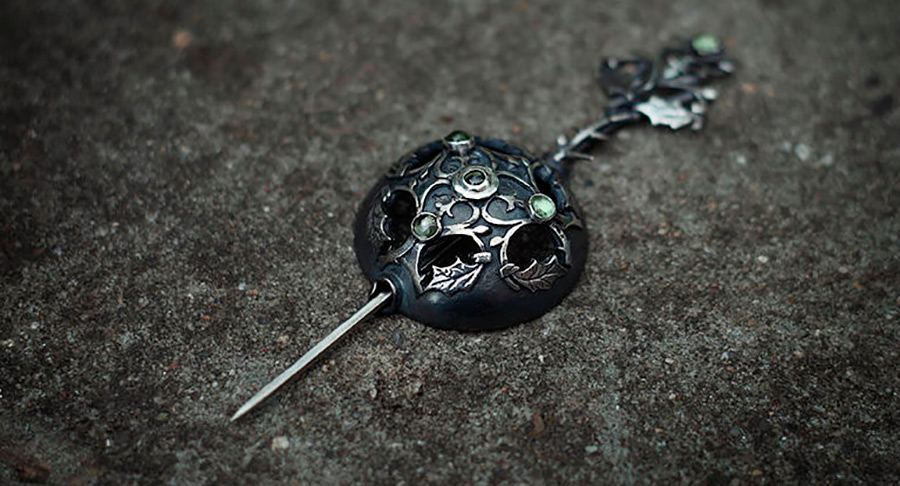
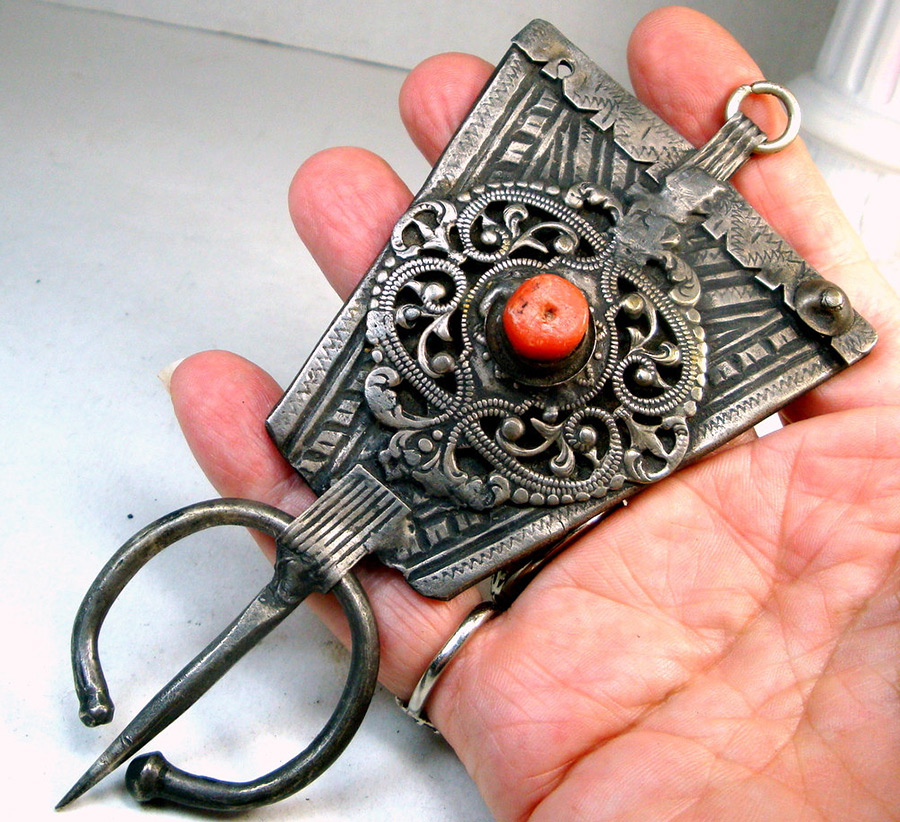
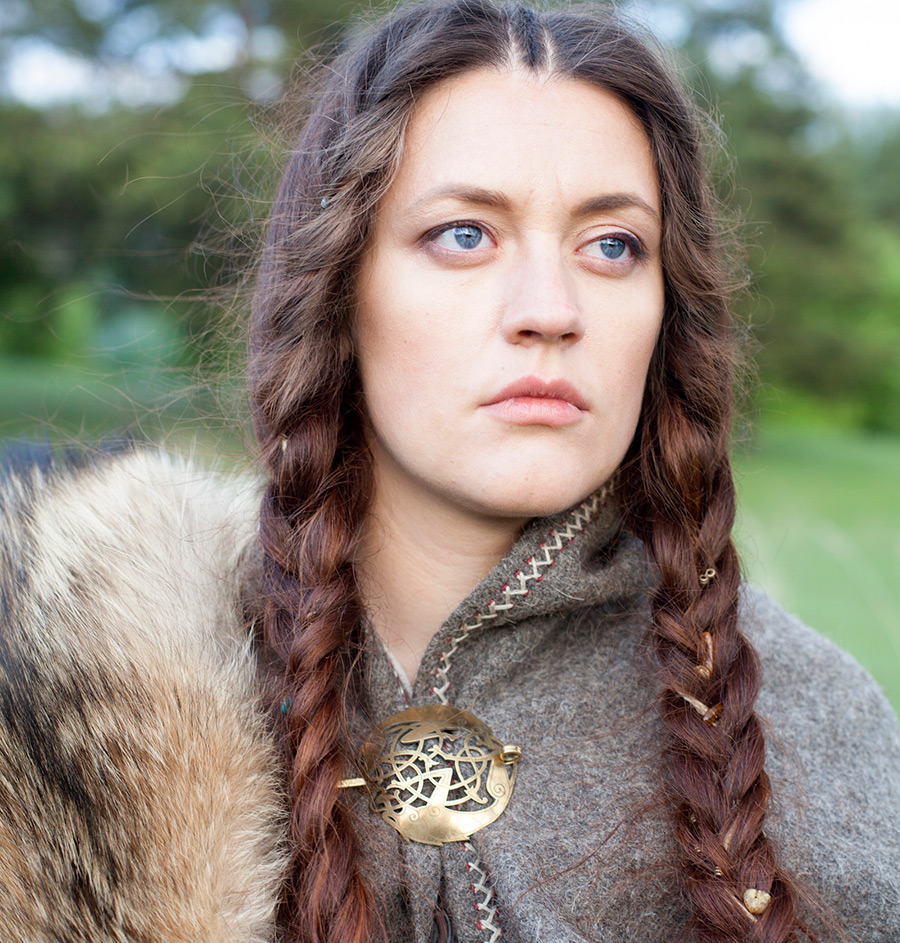
Comments and Reviews
Add a comment
Rating news
Shades of clothing that make women look younger
What shades of hair make women younger: rules and photos
Funny wedding dresses - photos and ideas
12 most expensive down jackets for the winter
How to look 25 at 40: tips from supermodels
Beautiful schoolgirls
Anti-aging haircuts and hairstyles for women
Fashionable skirts for autumn and winter
Fashionable women's trousers for the cold season
Fashionable and stylish sandals for summer 2024
Spring-summer 2024
 Fashionable dresses and tops with thin spaghetti straps
Fashionable dresses and tops with thin spaghetti straps
 Bandana tops: how to wear stylishly and beautifully
Bandana tops: how to wear stylishly and beautifully
 How to put together the perfect men's wardrobe for the summer
How to put together the perfect men's wardrobe for the summer
 Trendy shorts for spring-summer 2024
Trendy shorts for spring-summer 2024
 Fashionable skirts for spring-summer 2024: a guide to online shopping
Fashionable skirts for spring-summer 2024: a guide to online shopping
 The most fashionable dresses spring-summer 2024: styles and colors
The most fashionable dresses spring-summer 2024: styles and colors
 Fashionable total look 2024: image ideas and trends
Fashionable total look 2024: image ideas and trends
